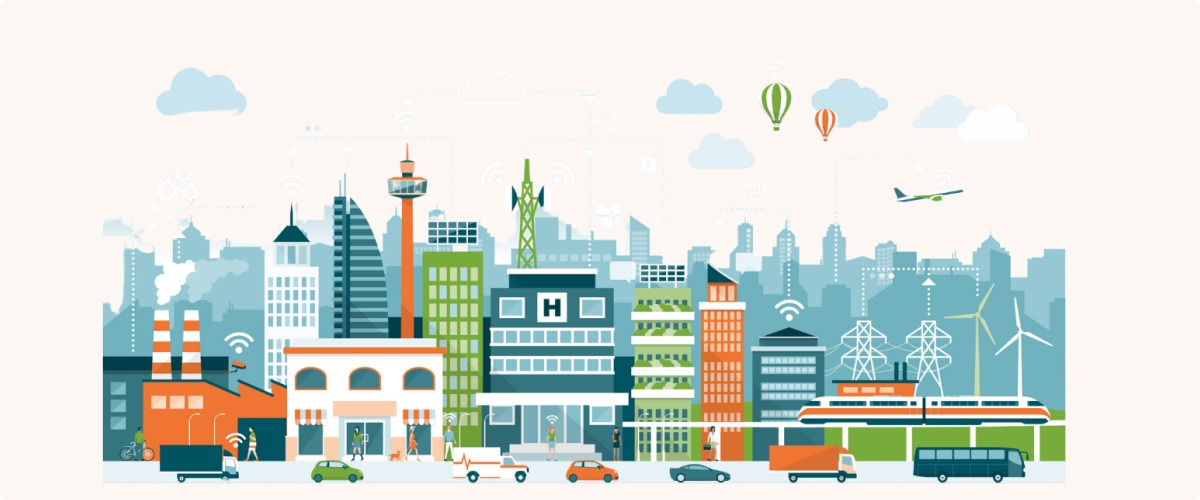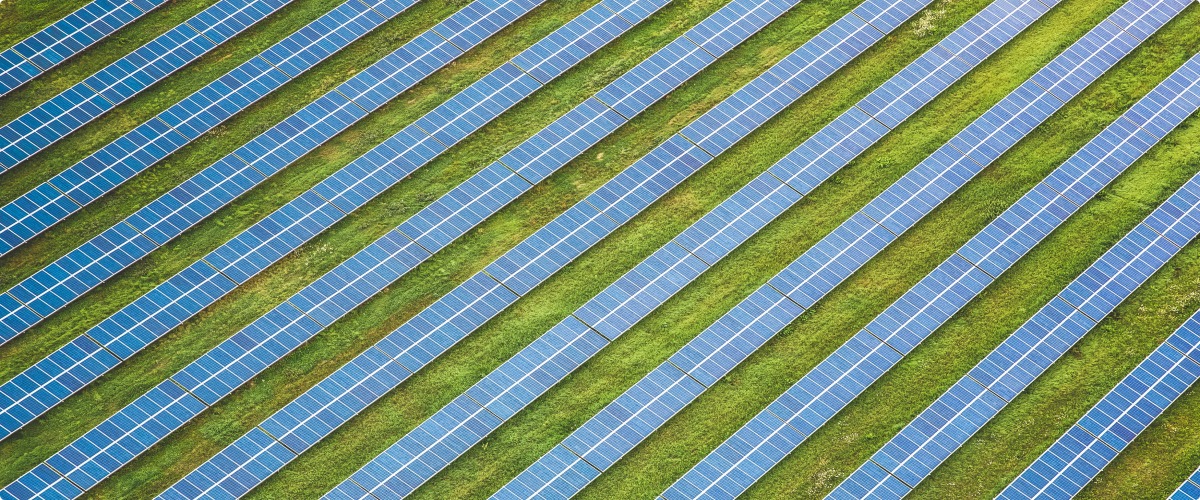Far from making edge AI less critical, 5G can actually complement edge AI, with both technologies working in concert to digitally transform your business.
It’s understandable why you might think that 5G removes (or at least reduces) the need for edge AI. After all, one of the motivating concerns for edge AI is the latency and slowdown when uploading data to remote cloud servers. Meanwhile, 5G is expected to be significantly faster than 4G. Estimates vary, but analysts predict that 5G could be as much as 10 times faster than 4G in some locations. So if we use 5G to upload AI data, that means we don’t have to worry about upload speeds anymore—right?

Well, not quite. For one, 5G won’t always deliver blazing-fast speeds. According to the article linked above, 5G sees the most performance improvements over 4G in densely populated areas. In more remote locations, however, 5G isn’t much better than 4G—barely twice as fast.
In addition, latency is only one reason why businesses are choosing edge AI. Some prefer edge AI because it keeps data on the local device, preserving security and privacy. Another motivation for edge AI is decreased costs of data transmission, and the move from 4G to 5G won’t affect the amount of data that needs to be sent to the cloud.
So if 5G won’t obviate the need for edge AI, what is the role of 5G in edge computing? Instead of sending data to remote servers, 5G enables you to send data to edge devices more quickly than with 4G.
In fact, according to Mark Gilmour, global head of 5G at Colt Technology Services, it’s 5G that will depend on edge computing, not the other way around. More specifically, 5G will have to rely on the edge in order to justify its continued rollout; the two technologies act as “force multipliers” for each other.
Gilmour writes: “If we want to step into the full development of the 5G era, then edge computing is imperative and is a critical succeed/fail factor, not just a standalone technology, bandwidth booster or a ‘nice to have.’ Specifically, edge really comes into play when leveraging factors like low latency and high-performance data processing over a cellular connection. You can have edge without 5G, but for these new 5G use cases, you can’t have 5G without edge.”









